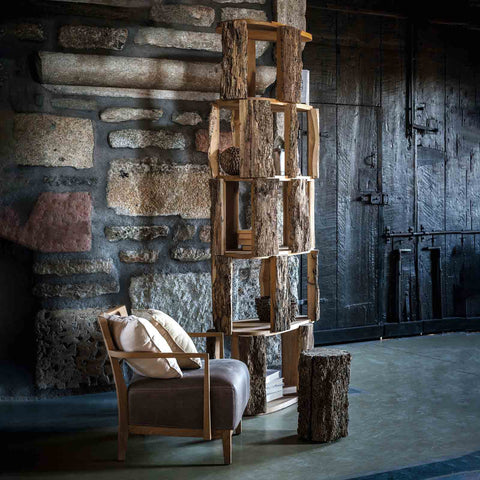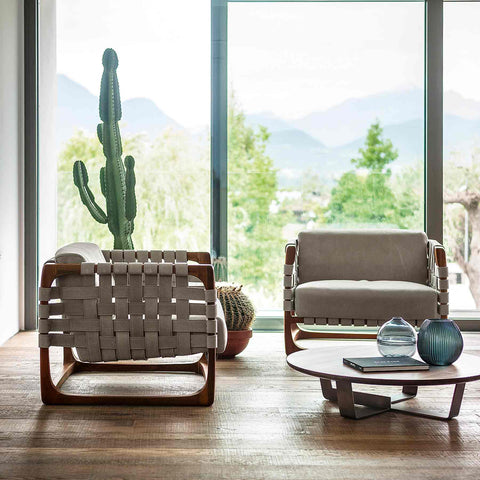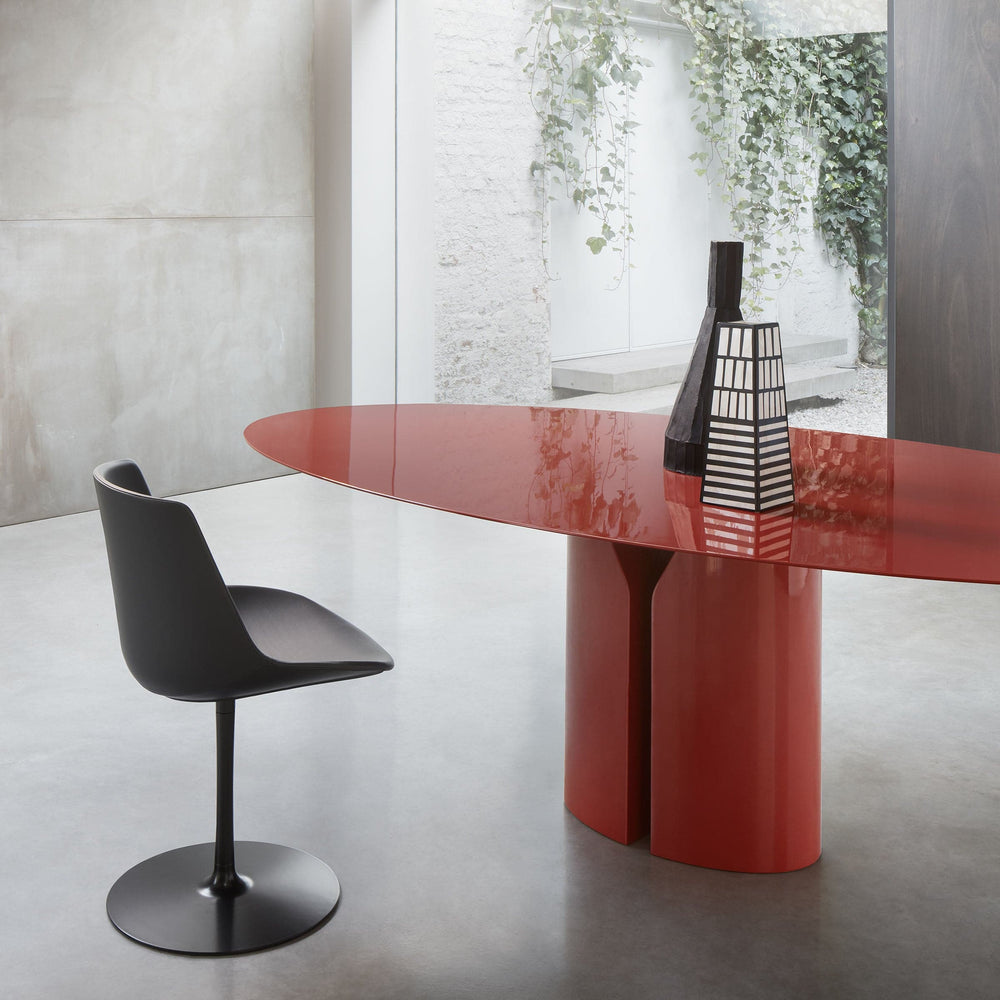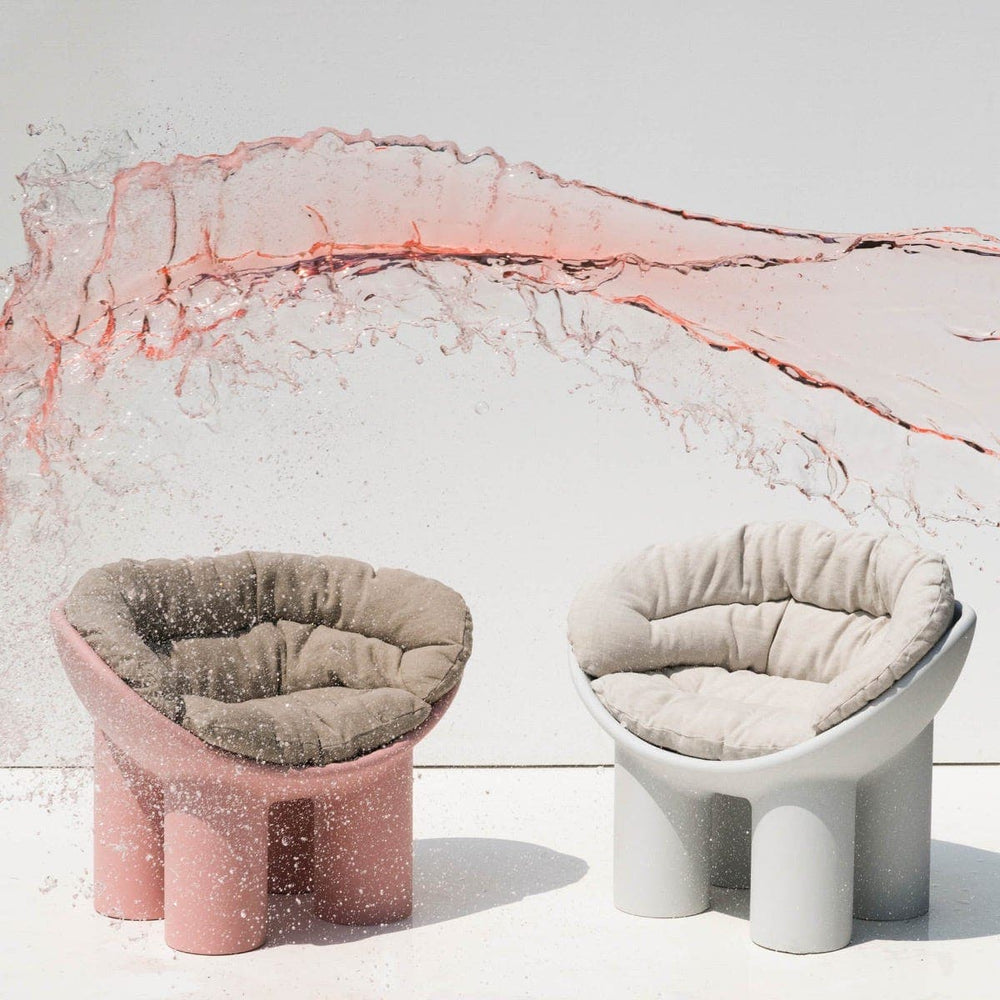RIVA 1920,
A FAMILY HISTORY
The MAG - 05.23
I had the pleasure of sitting down with Maurizio Riva, the son of Mario and grandson of Romano Nino, the founder of Riva 1920. Maurizio now runs the company with his two daughters, Monica and Elena. It was fascinating to hear about the company's history and how it has evolved over the years.
CRISTINA MOROZZI (CM):
Please tell us a little bit about your family's business, Riva 1920.
MAURIZIO RIVA (MR):
Riva 1920 has been dealing with the custom-made furniture business for three generations. My daughters, Monica and Elena, are also involved in the company, and together, we've served up to 1600 private customers. However, as time passed, I grew tired of working with private clients. It's been a journey, but I'm excited to see where the future takes us.
It was when I learned about the Amish philosophy during my time in America that I decided to change my approach.
I have been using American Cherry for 32 years now. It's a beautiful wood that has never let me down. In 1990, we participated in our first Salone del Mobile, and the response was overwhelming. We stood out because we didn't use chipboard wood. At the entrance to our stand, we had a poster that read "no access to chipboard wood", which caught people's attention. We also held meetings with young people in universities and on TV to explain what wood is. It's surprising how many entrepreneurs using chipboard didn't even know what real wood was. We were proud to collaborate with the Milan Expo, where we created 18 beautiful locations. It's been an incredible journey, and I'm grateful for the opportunities that have come our way.
CM:
Collaborations with designers?
MR:
We are proud to say that we have collaborated with one hundred thirty designers, among them well-known names such as Mario Bellini, Claudio Bellini, and Michele De Lucchi. Michele De Lucchi has even used abandoned Venetian "Bricole" to create some of his pieces, a testament to his creativity. We have also worked with Karim Rashid, Terry Dwan, and Renzo Piano. In addition, our commitment to fostering young talent has led us to participate in numerous idea projects that have helped many young designers start their professional careers with us. This year, we were fortunate to work with Gianluca Barbieri, who designed the "Molaire stool." As the name suggests, this stool has the shape of a molar. We also collaborated with the famous pastry chef Iginio Massari to create the "Bigné" stools.
Additionally, we worked with Setsu and Shinobu Ito to create "Kura," a scented cedar stool inspired by the form of a Maltese dog. Furthermore, we had the pleasure of collaborating with Gualtiero Marchesi to create the "Pasta truciolo" with saffron, which served at the Expo as a tribute to the Brianza artisans. Our commitment to innovation and creativity is evident in the diverse projects we have undertaken over the years.
CM:
The leitmotif of the collections?
MR:
Respect for tradition, sustainability, and the creation of healthy and long-lasting products.
CM:
What type of wood do you use for your products?
MR:
We use a variety of American woods, such as walnut and oak. Additionally, we make use of reused timbers, like in the 'Bricole' product by Michele De Lucchi, as well as Kauri and wood from barrels, like those supplied to us by Oscar Farinetti and San Patrignano. We also incorporate the trunks of the cedars of Lebanon to give the wood a second and third life.
CM:
The number of events and audiences at the recent Salone del Mobile testify to the furniture sector's excellent health and tenacious will. Is that a correct reading?
MR:
Yes, I agree with that assessment. The recent Salone del Mobile showcased a multitude of events. It attracted a wide range of audiences, which serves as a testament to the furniture sector's vital health and unwavering determination. Our company also demonstrated this by opening a showroom in the heart of Milan on Via Visconti di Modrone. In addition, it is crucial to be mindful of our spending while still putting our hearts into our work. For example, we recently created a large table for the soup kitchen in Piazza Greco in Milan and designed a 12-meter table for Renzo Piano's home. Our ultimate goal is to create furniture that will endure for generations.
CM:
What are your forecasts for the future?
MR:
In order to succeed in the future, it is vital to consider using new and sustainable materials. We should also focus on recovering materials that can be repurposed. We must think outside the box and explore new design possibilities as we move forward. Our company has a rich history, and we are fortunate to have three factories and a museum that showcases over 11,000 types of wood from around the world. We often hold meetings at the museum to promote our company's commitment to the local culture.


















